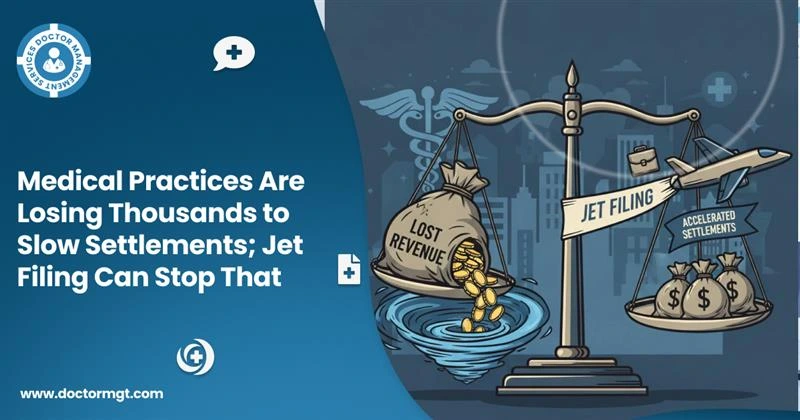Fracture codes in ICD-10 play an important part in healthcare documentation, supporting the legitimate recognizable proof and characterization of fractures. Below are mentioned the subtleties of fracture codes in ICD-10, emphasizing their importance, structure, and effect on healthcare documentation and reimbursement.
The Foundation: What is ICD-10?
The International Classification of Diseases, 10th Edition (ICD-10), is a system utilized overall for classifying illnesses, conditions, and other health-related issues. This coding system gives a standardized language that works with predictable and exact correspondence between healthcare providers, safety net providers, and public health officials.
ICD-10 incorporates many codes, and inside this vast range, fractures are classified with a degree of explicitness that permits healthcare experts to unequivocally distinguish the sort, location, and seriousness of a break.
Anatomy of Fracture Codes
Fracture codes in ICD-10 follow a structured format, giving detailed data about the idea of the fracture. The code is ordinarily written of seven characters, each adding to a particular part of the diagnosis.
Initial Character (1st): This character addresses the part of the body where the fracture is found. For example, fractures of the skull and facial bones are designated by the initial person ‘S.’
Second and Third Characters (2nd-3rd): These characters further determine the anatomical area and the bone involved. For instance, a fracture of the femur is coded as ‘S72.’
Fourth Character (4th): This character subtleties the sort of fracture, like open or shut. It likewise shows whether the fracture is displaced or non-displaced.
Fifth Character (5th): The fifth character means the laterality of the fracture, recognizing left, right, or undefined.
Sixth and Seventh Characters (6th-7th): These characters give extra data about the experience, including whether it’s an initial or resulting experience for the fracture, or a sequela (long-term impact) of a previous injury.
Importance of Accurate Coding
Precise coding of fractures in ICD-10 is pivotal in light of multiple factors. It, first and foremost, guarantees legitimate correspondence among healthcare providers, working with a clear understanding of the patient’s condition. This precision is key for giving appropriate and effective treatment.
Furthermore, exact coding is fundamental for billing and reimbursement purposes. Insurance agencies depend on exact codes to proficiently handle claims. Incorrect or inadequate coding can prompt claim denials, deferred payments, and financial difficulties for healthcare providers.
Besides, accurate coding adds to healthcare data analysis, empowering specialists and researchers to recognize patterns, distribute resources actually, and improve public health drives.
Common Challenges in Fracture Coding
While the structured idea of ICD-10 codes is intended to improve explicitness, it additionally presents difficulties for coders. A few challenges in fracture coding include:
Specificity Requirements: The degree of detail required in ICD-10 coding can be demanding. Coders should explore through a huge number of codes to catch the subtleties of each fracture.
Documentation Quality: Exact coding heavily depends on the nature of clinical documentation. Incomplete or unclear documentation can ruin the coder’s ability to allot the right code.
Code Updates: The ICD-10 coding system goes through occasional updates to oblige advancements in medical information and phrasing. Staying abreast of these progressions is fundamental for accurate coding.
Impact on Healthcare Documentation
Exact fracture coding in ICD-10 essentially impacts healthcare documentation. Medical billing service California guarantees precise coding as well as adds to a thorough patient record. Healthcare providers should incorporate detailed data about the fracture, like its location, type, and any related complications.
Effective communication through documentation is essential for the congruity of care, permitting different healthcare experts to comprehend the patient’s set of experiences and design treatment plans appropriately. Also, detailed documentation supports research efforts and adds to the advancement of clinical information.
Practical Tips for Accurate Fracture Coding
Exploring the complexities of fracture coding in ICD-10 requires meticulousness and adherence to coding rules. Here are a few practical tips for precise accurate coding:
Thorough Documentation: Guarantee complete clinical documentation that incorporates insights concerning the location, type, and laterality of the fracture.
Stay Updated: Regularly review updates to the ICD-10 coding system to consolidate any changes or increases connected with fractures.
Understand Coding Guidelines: Look into the authority coding rules for fractures, paying close consideration to particularity necessities and coding conventions.
Collaborate with Clinicians: Establish effective communication channels with clinicians to explain any ambiguities in documentation and guarantee precise coding.
Use Modifiers Appropriately: When necessary, apply modifiers to give extra data about the experience, for example, whether it’s an initial visit or a development.
The Key Role of Fracture Coding in Reimbursement
Precise fracture coding directly affects the financial health of medical service providers. The complexities engaged with coding fractures decide the degree of reimbursement for services delivered. Insurance claims are examined given the precision of the codes submitted. An incomplete or inaccurately coded case might bring about postponed installments, dissents, or even legal ramifications.
Healthcare organizations should prioritize continuous preparation and education for coding staff to explore the developing reimbursement scene. California Workers Compensation Billing incorporates understanding the particular documentation necessities of various insurance carriers, guaranteeing that cases meet the vital standards for approval.
Conclusion
Understanding fracture codes in ICD-10 is fundamental for healthcare experts engaged with medical coding, documentation, and billing. The organized format of these codes takes into account the exact identification and classification of fractures, adding to precise communication, successful treatment, and streamlined reimbursement processes. Exact fracture coding starts with complete clinical documentation, emphasizing the significance of coordinated effort among clinicians and coders. As the healthcare site keeps on developing, remaining refreshed on coding rules and maintaining a pledge to accuracy will be key in guaranteeing the highest standards of patient consideration and operational proficiency.







